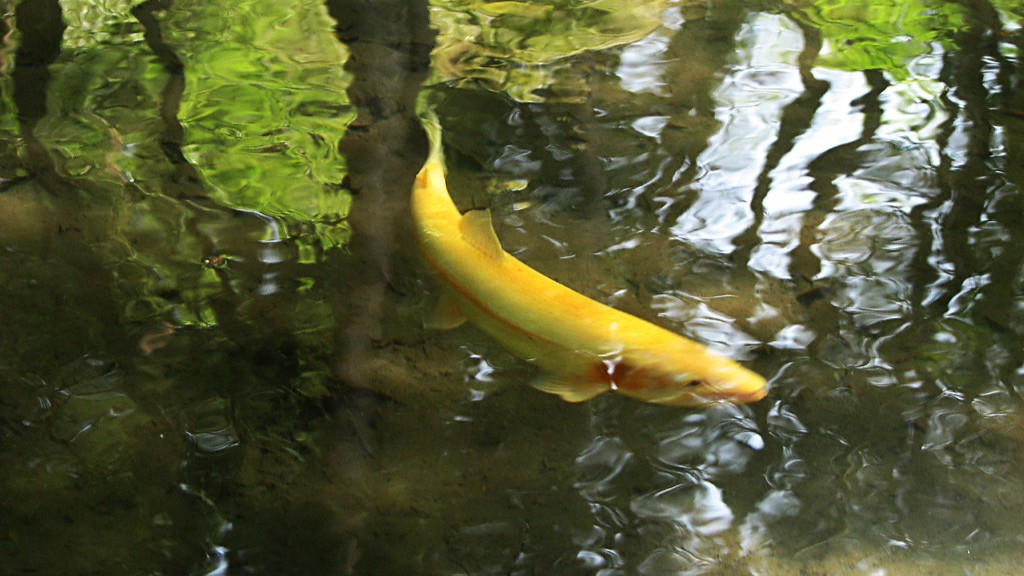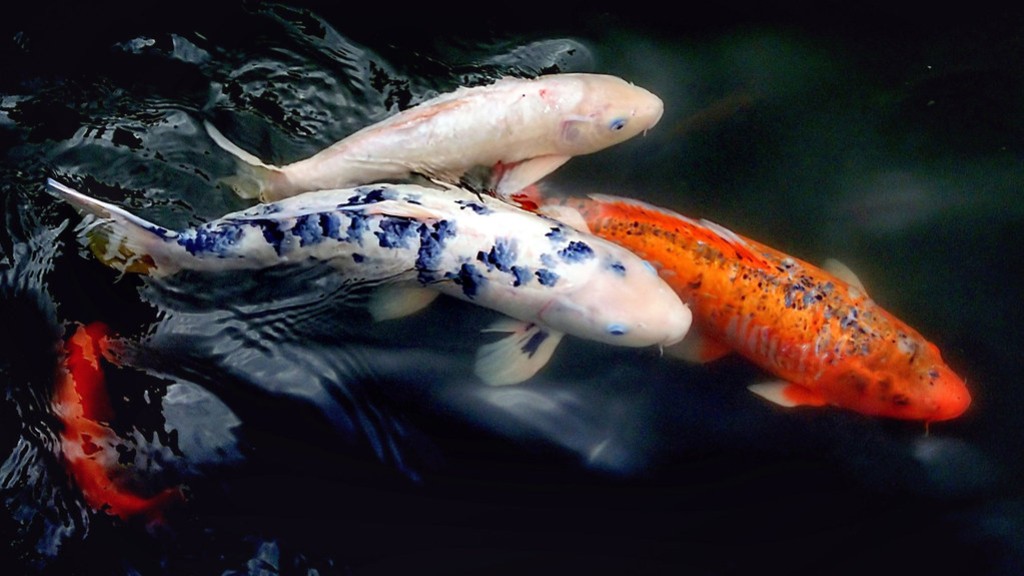Where to Find Carp in Rivers – Expert Guide
Introduction
Carp (Cyprinus carpio) are a popular target for recreational anglers due to their size, strength, and willingness to feed. Finding these elusive fish in rivers requires a solid understanding of their behavior, habitat preferences, and feeding patterns. In this expert guide, we will explore the key factors that influence carp distribution in rivers and provide valuable insights to help you locate them with precision.
1. Understanding Carp Behavior
Carp are known for their adaptability and ability to survive in various aquatic environments. Knowing their behavioral patterns will greatly enhance your chances of finding them in rivers.
- Seasonal Movement: Carp typically exhibit a seasonal movement pattern in response to temperature changes and food availability. During spring, they tend to migrate upstream in search of spawning grounds. As water temperature rises, carp become more active, seeking cooler and oxygen-rich areas in the river.
- Feeding Habits: Carp are opportunistic feeders, consuming a wide range of food including aquatic plants, insects, crustaceans, and small fish. They often rely on their sense of smell to locate food, actively foraging near the riverbed. Understanding their feeding preferences can lead you to their whereabouts.
- Preferred Habitats: Carp prefer slow-moving or stagnant areas of rivers with abundant vegetation, as they provide cover and a reliable food source. Look for areas with submerged vegetation, fallen trees, and overhanging banks where carp are likely to congregate.
2. Factors Affecting Carp Distribution
Several environmental factors influence the distribution of carp in rivers. Familiarize yourself with these factors to target the most promising areas.
- Water Temperature: Carp thrive in waters with temperatures between 64°F and 77°F (18°C and 25°C). They are less active in colder temperatures, so focus on areas with relatively warmer water to locate them.
- Water Quality: Carp favor clean, well-oxygenated water. They are generally tolerant of a wider range of water conditions than other fish species. However, excessive pollution and low oxygen levels can limit their presence. Look for signs of water clarity and observe the presence of other aquatic life to gauge the quality of the water.
- Flow and Currents: Carp thrive in areas with slow-moving or still water, as they are not strong swimmers. Look for sections of the river where eddies are formed or where the current slows down due to natural obstacles like rocks or fallen branches.
- Food Availability: Carp are highly influenced by food availability. They tend to cluster in areas with abundant food sources like submerged vegetation patches or areas with an abundance of insect activity.
3. Techniques for Finding Carp in Rivers
Locating carp in rivers can sometimes be challenging, but with the right techniques, you can significantly improve your success rate. Here are some effective methods to consider:
- Observation and Research: Spend time observing the river, noting areas where carp have been sighted or caught before. Talk to local anglers or consult fishing reports to gather insights about productive fishing spots.
- Underwater Cameras: Utilize underwater cameras to survey the riverbed and identify areas with carp activity. This visual reconnaissance can help you identify feeding areas, preferred habitats, and fish behavior.
- Baited Areas: Set up baited areas in strategic locations to attract carp. Use a variety of carp-friendly baits including sweetcorn, boilies, or pellets. Over time, the carp will associate this area with a food source, increasing your chances of a successful catch.
- Feeder Fishing: Feeder fishing is a popular method for targeting carp. By casting a feeder filled with ground bait into the river and regularly replenishing it, you can draw in carp to the area. Placing the feeder strategically near snags or close to vegetation patches can increase your success rate.
4. Conclusion
Carp are highly adaptable fish found in many river systems around the world. Understanding their behavior, habitat preferences, and the environmental factors influencing their distribution will greatly enhance your ability to locate them in rivers. By employing observation, research, and effective angling techniques, you can enjoy a rewarding carp fishing experience in rivers. Remember to always practice catch and release to preserve the population and ensure this exciting pursuit for future generations.

